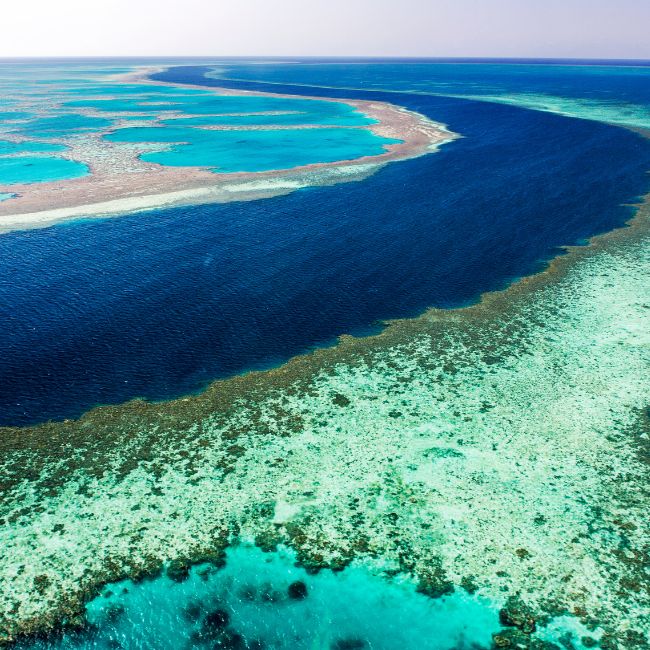
Citizen science and AI protect the Great Barrier Reef!
Recommended for Preparatory Grades
Hey there! Did you know that researchers are asking people like you to help save the Great Barrier Reef? They’re using something super cool called artificial intelligence (AI) to do this.
The Great Barrier Reef is like a huge underwater city where marine animals live, and it’s really important to take care of it. But guess what? It’s not doing so well lately. Let’s find out more!
Saving the Reef: AI-Powered Conservation
- The Great Barrier Reef is a massive area that covers about 344,000 square kilometers. It’s so big that you can even see it from space! Unfortunately, since 1985, more than half of the coral population in the Great Barrier Reef has died. That’s really sad!
- Sometimes, the water in the reef gets too warm, and the coral gets stressed. This causes something called “bleaching events” where the coral loses its color and becomes unhealthy. The reason for these changes in the reef’s climate is because of changes in the overall climate of the Earth. It’s getting warmer, and that’s not good for the coral.
- So, even though the coral loses its color, it doesn’t mean it’s dead. It can still recover and get better if things change for the better. But here’s the thing: the Great Barrier Reef is so huge that it’s hard for scientists to focus on every single part of it. That’s where they need our help!
- Now, scientists have come up with a clever plan. They’re using crowdsourcing, which means they’re asking lots of people like you and me to help. They’re also using artificial intelligence, which is like a smart computer, to make things easier. The researchers asked thousands of volunteers to take more than 40,000 pictures of coral from the Great Barrier Reef. Then, they use a special AI program that can look at every single tiny pixel in the pictures and figure out what kind of coral it is. That’s pretty impressive, right?
- The scientists use this information, along with the location of each picture, to understand which types of corals are found where in the reef. Right now, it takes the AI program about one minute to analyze each picture and identify the coral. But as it keeps learning and getting better, the researchers hope to use it to protect reefs all around the world. Isn’t that amazing?
- So, my little friend, by helping the researchers, you can be a superhero for the Great Barrier Reef! You can contribute to the big task of taking care of this incredible underwater world. Remember, every little action counts, and together we can make a big difference!
Similar Stories
Watch a video
Discover the incredible tale of the Great Barrier Reef’s formation, as Nat Geo Wild takes us on an epic journey beneath the waves.
Curious Times is a leading newspaper and website for kids. We publish daily global news aligned to your learning levels (also as per NEP 2020): Foundational, Preparatory (Primary), Middle and Senior. So, check out the News tab for this. We bring kids’ favourite Curious Times Weekly newspaper every weekend with top news, feature stories and kids’ contributions. Also, check out daily JokesPoke, Tongue Twisters, Word of the Day and Quote of the Day, kids need it all the time.
Curious Times News Program for Schools for FREE. Over 5,000 schools and teachers from all over the world have joined our programme so that students and teachers can get FREE Educative Newspaper. Here, kids can take part in world events and win prizes and certificates for free through their schools.
Moreover, schools are sharing important School News, like interviews with the principal, notices about new students, contests, and results, not just on social media but also on a news website for kids and other schools.
Thus, do not wait any further, sign-up for your school for FREE.
The following social media platforms allow you to communicate with us: WhatsApp, Instagram, Facebook, Youtube, Twitter, and LinkedIn.
0 (Please login to give a Curious Clap to your friend.)
